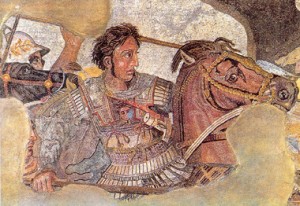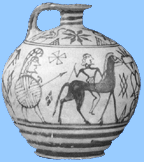The following is a new review of Eclipsed by Shadow by Rebecca Roberts of the Historical Novel Society.
Historical Novel Society | Rebecca Roberts
The first in a trilogy, Eclipsed by Shadow tells the tale of a horse-crazy teenager traveling through time on a horse. This unusual-sounding summary had me skeptical at first, but the story is surprisingly page turning, and it left me yearning for the next installment.
On June 21, 2001, when a unique colt is born, Meagan Robert’s life is suddenly and irrevocably changed. This special palomino, Promise, is rumored to be the next “Great Horse,” and when thieves attempt to steal her horse, Meagan leaps on Promise and rides her for the first time. But instead of galloping across the field, Promise takes to the air and flies through time and history. Meagan’s quest to find home takes her from 20,000 B.C. North America to 100 A.D. Rome and then to 1240 Central Asia. Meagan’s only defense in these places is her 21st century equine insight as she is thrust into slavery, mistaken for a Tartar, and accused of being a witch.
The adventures Meagan experiences and the people she meets along the way create a vivid historical tale through the ages when horses were used for work, war, sport, and exhibition. This well-informed tale has great plot and character development, wonderful descriptions of equine history, and a tension-ridden cliffhanging ending that will leave you gnawing at the bit for more.
» See original citation
![]()
Eclipsed by Shadow is the first book of the new fiction trilogy, The Legend of the Great Horse, arriving this Summer with a fresh and original look at the colorful role of horses in civilization. The story follows the time-travel adventure of a modern horsewoman lost in history.
Further information about this unique and imaginative ‘creative non-fiction’ novel can be found at TheGreatHorse.com.


